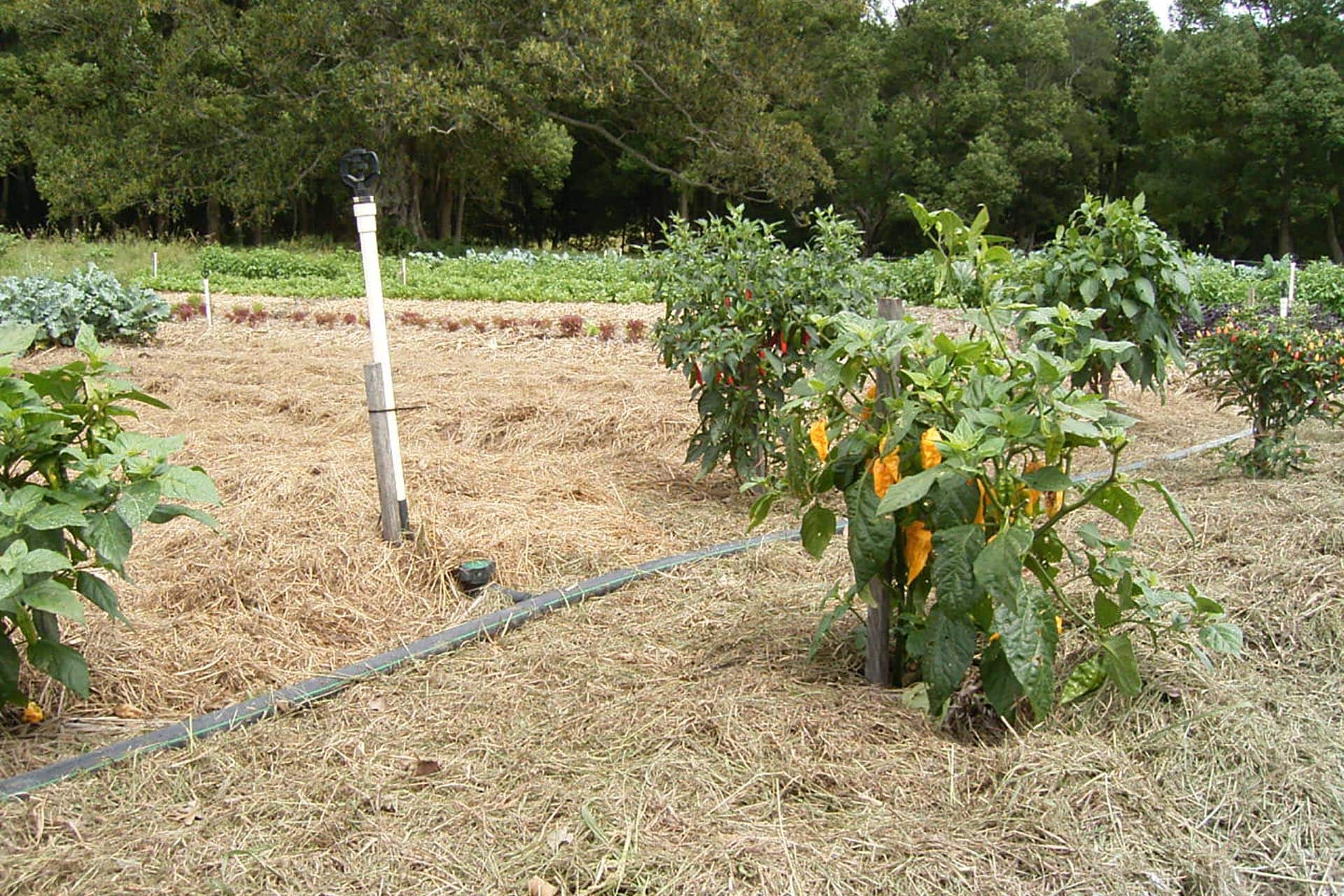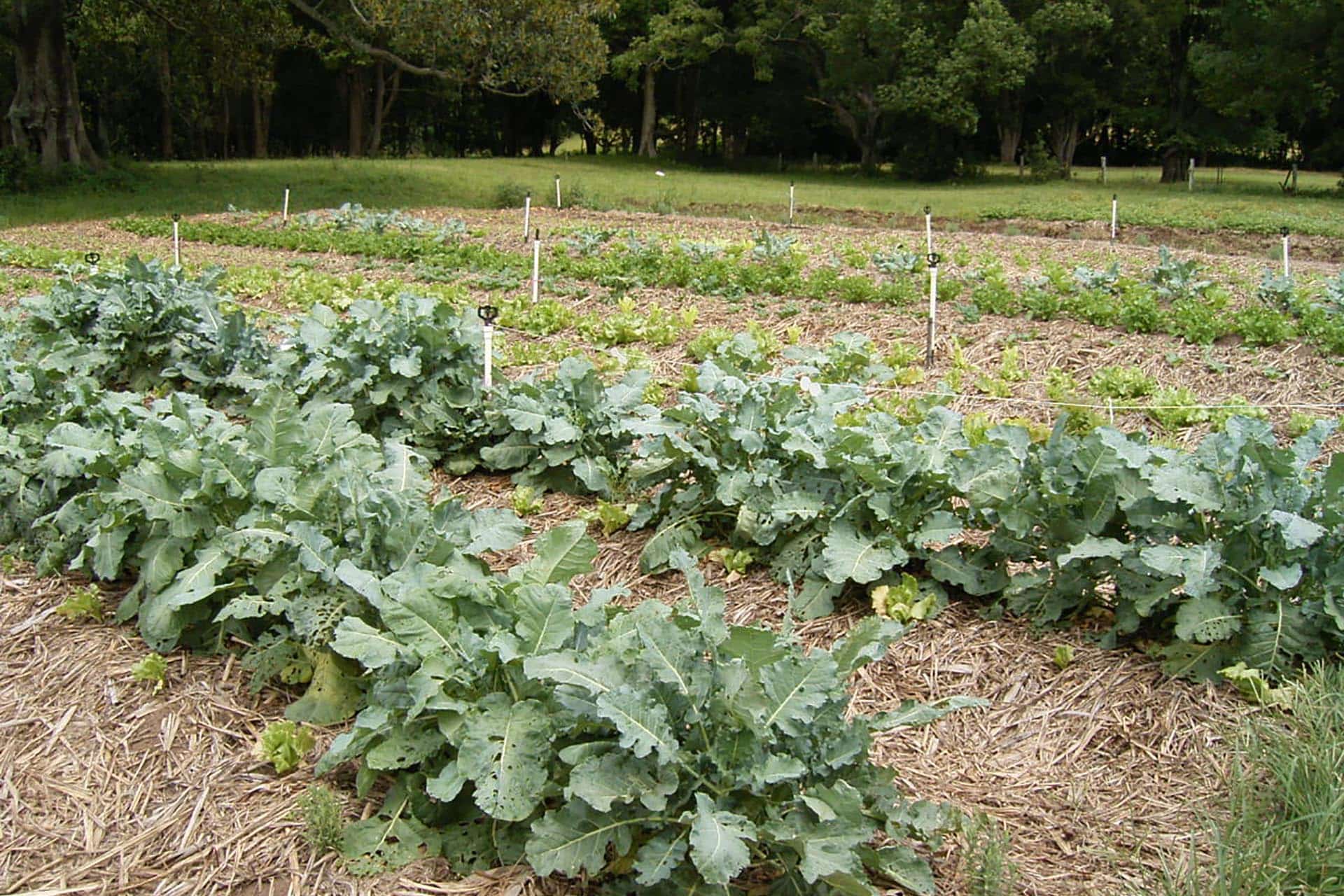Planting guide
Rotating crops is the most important rule when planning what to grow in your veggie garden.
Rotating crops will minimize diseases, utilise different nutrients, gather nutrients from varying root depths and may benefit the following crop e.g. legumes fix nitrogen which will particularly help leafy crops.
Plants are susceptible to numerous soil-borne pests and diseases, many of which are host-specific and only infect certain types of plant. By following each crop with a totally unrelated crop means it is less likely to be infected by pests or diseases that are already present, and by removing the host plants they should either die out or move on.
A four-year or four-season rotation is advised as this time frame allows time for pests and diseases to become less of a problem.
Other benefits include:
- Each new planting will be made up of plants that utilize different nutrients from the previous crop.
- When each crop is harvested and the remains recycled back into the soil, the diversity will build and maintain a healthy, balanced soil.
Plants that are less prone to pests and diseases do not have to be rotated and can be planted alongside the main crop, filling in any gaps. Also inter-planting annual (or perennial if you have the room) herbs may help to combat pests as well as bringing in beneficial insects if allowed to flower.
These include: Asparagus / Beetroot / Carrots / Chicory / Corn / Cress / Endive / Garlic / Jerusalem artichoke / Leeks / Lettuce / Mint / New Zealand spinach / Okra / Oregano / Radishes / Rosemary
Perennial crops such as rhubarb, asparagus or globe artichokes can be allocated a separate area outside the rotational beds. There are cultivars available that are more resilient.
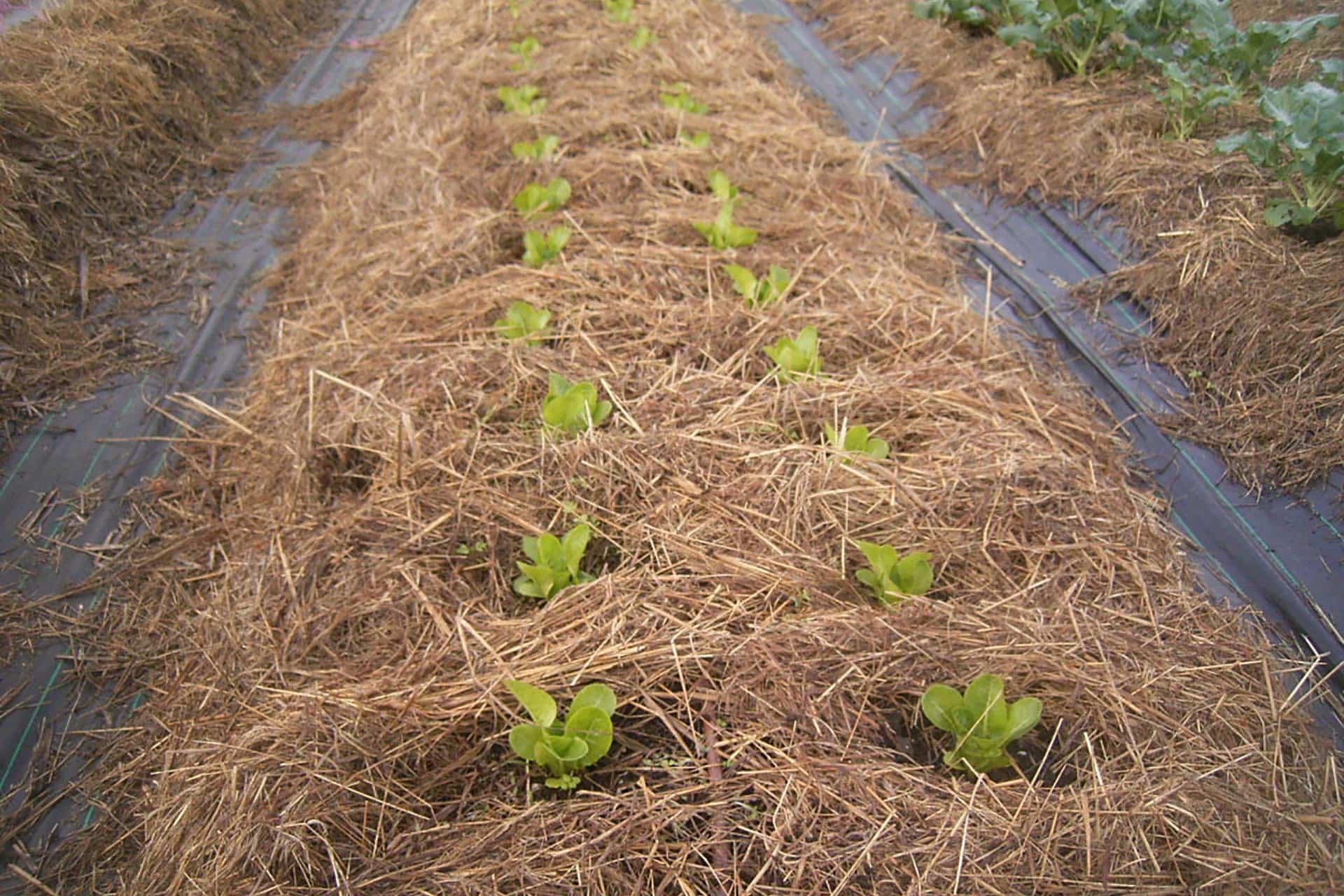
Most common families
Leguminosae (pea & bean family) also known as Fabaceae –beans / peas / lentil / alfalfa / peanut / soy bean / lupin / clover
Brassicaceae (cabbage family) also known as Cruciferae - broccoli / Brussels sprouts / cabbage / kohl rabi / cauliflower / kale / mizuna / pak choy / radish / arugula (rocket) / swede / turnip / mustard / radish
Solanaceae (nightshade family) – potato / tomato / peppers (chillies and capsicum) / eggplant
Umbelliferae (carrot family) – celery / celeriac / cilantro (coriander) / fennel / carrot / parsnip / parsley / dill /cumin / caraway / Queen Anne's lace
Cucurbitaceae (marrow / gourd family) – squash / zucchini / cucumber / melons / marrow /water melon / canteloupe (rock melon/ pumpkin
Chenopodiaceae (beetroot family) – Swiss chard / perpetual spinach / true spinach / beetroot / silverbeet
Lilaceae (alliums-onions) - onions / leeks / shallots / garlic / chives / asparagus -intercrop
Other families
Compositae also known as Asteraceae- artichoke / lettuce / chicory / endive- intercrop
Convolvulaceae (morning glory)- sweet potato/ water spinach- separate growing areas
Gramineae also known as Poaceae- cereal grasses - includes maize / wheat / rice / oats /rye / barley /sugar cane / sorghum / pampas grass / bamboo- some are used as cover crops although not usually in backyard veggie gardens. Corn is a member of this family and can be planted within other crops
Malvaceae - rosella / okra / cocoa-usually only grown as a few plants
Polygonaceae - rhubarb / sorrel / buckwheat / Vietnamese mint - again only a few plants and more permanent so better to grow in separate areas
Rosaceae- strawberries / cherries / raspberries / blackberries / pears / apples / plums
Lamiaceae- plants that contain essential oils- the herbs- mint / basil / hyssop / lavender / sage / thyme / oregano / rosemary
Crop rotation in practice
Ideally, to start the garden, it should be divided into separate growing areas. I’ve elected to have four because it makes it easy to keep track of rotations. Although another bed would be beneficial so that a green manure crop can be in an area at all times within the rotation. Each area will have a group of plants selected by a common feature, which may be that they have the same growing requirements or belong to the same family.
Each group will occupy an area or bed for one season and then be rotated to another bed the next growing season. The same process will be repeated the following season. If your available planting area is divided into 4 separate growing areas, and the crops planted as 4 groups, then each group will only occupy the same ground once every 4 years.
To offset the likelihood of insect pests or diseases coming in, inter-plant crops which are hardier and less prone to pests and diseases randomly amongst the main crop. For example carrots and onions could be planted in rows together with lettuce and radish planted around them.
We also need to factor in that some plants are seasonal, growing best in summer or winter. This means that summer crops could actually follow the winter crops thus giving two seasonal crops per bed. For example, winter Brassicas could be followed by tomatoes, cucumbers and other summer crops. There may be a period of rest between crops. This could be utilised by planting a green manure crop or just letting the ground rest after preparing the bed for the next crop.
In some areas it may be that certain crops have an extended season. Winter crops may grow for a longer period than just over winter if they are in a colder climate. Conversely some summer crops may grow for longer in warmer climates. It is also possible to create micro-climates in your growing area. Brick walls will maintain warmth and of course it is possible to make a hot house with a poly tunnel and plastic cover or cool an area down with shade cloth.
The following suggestions are just an example of how it is possible to arrange a rotation but there is really no exact format and some trial and error plantings may be necessary.
Family group planting rotation
One option is to base the crop rotation on family groups.
Obviously there are more family groups than our 4 beds but these can be arranged to suit their growing conditions such as winter crops being followed by a family group that grows mid-season or waiting and planting a summer crop in the same bed for the other part of the year. This will give two or more yields in the bed each year.
Some families like the Alliums are better inter-planted with other crops and families such as the Compositae and can be used to fill up spaces . Combining two compatible families together in the one plat may be another option.
An example of this could be:
- Alliums (onions) with Chenopiacaes beetroot/chard/spinach)
- Legumes (peas/ beans) withBrassicas (cabbage, broccoli, turnips)
- Cucurbits (cucumbers, pumpkin, melons,zucchini) with Solanacae (tomatoes
- Umbelliferae (carrots, celery, parsnip) with Compositae (lettuce, artichoke)
The advantage of planting groups in the same family is that since all the plants are related they have similar requirements. The disadvantage is that they are all susceptible to the same pests and diseases and may compete for nutrients and space. Companion planting (see separate section) may help to offset this.
The list of plantings in the Umbelliferae group are often not recommended to be planted together but giving them the appropriate space and nutrients and inter-plant with other crops may overcome the problems.
Generally Alliums (onion family)should not be planted together as large plantings attract onion flies. These lay eggs at the base of the plant and the larvae (maggots) attack the root . It is better to scatter them throughout the vegetables. Leeks can be planted with onions as they confuse onion flies.




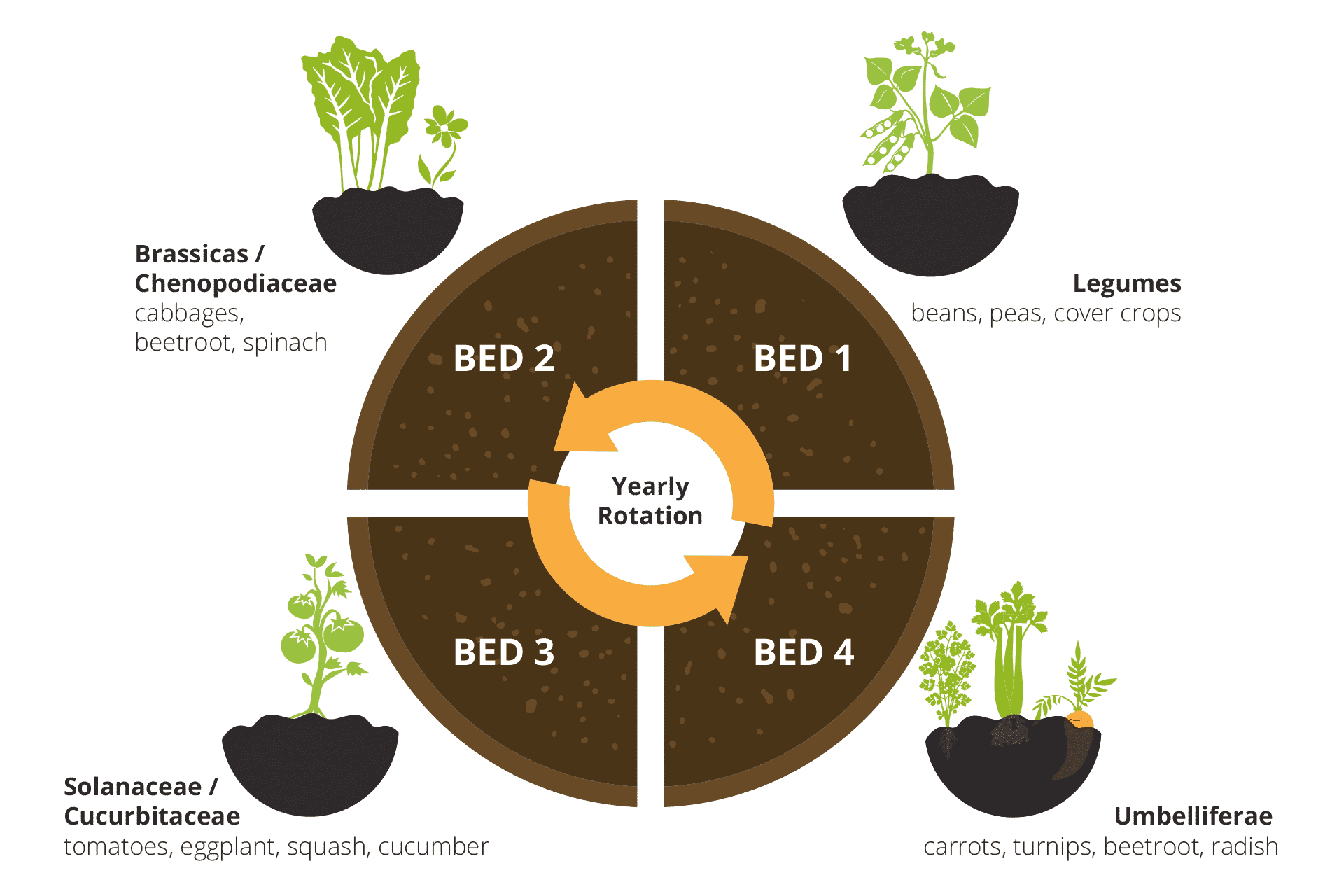
Crop planting by similar harvest
Some combinations may mean that the plants are at risk of pests such as eggplant and tomatoes together, but I think if they are inter-planted with other crops and are healthy the risk should be minimised.

and brassicas

cover crops


beetroot, radish
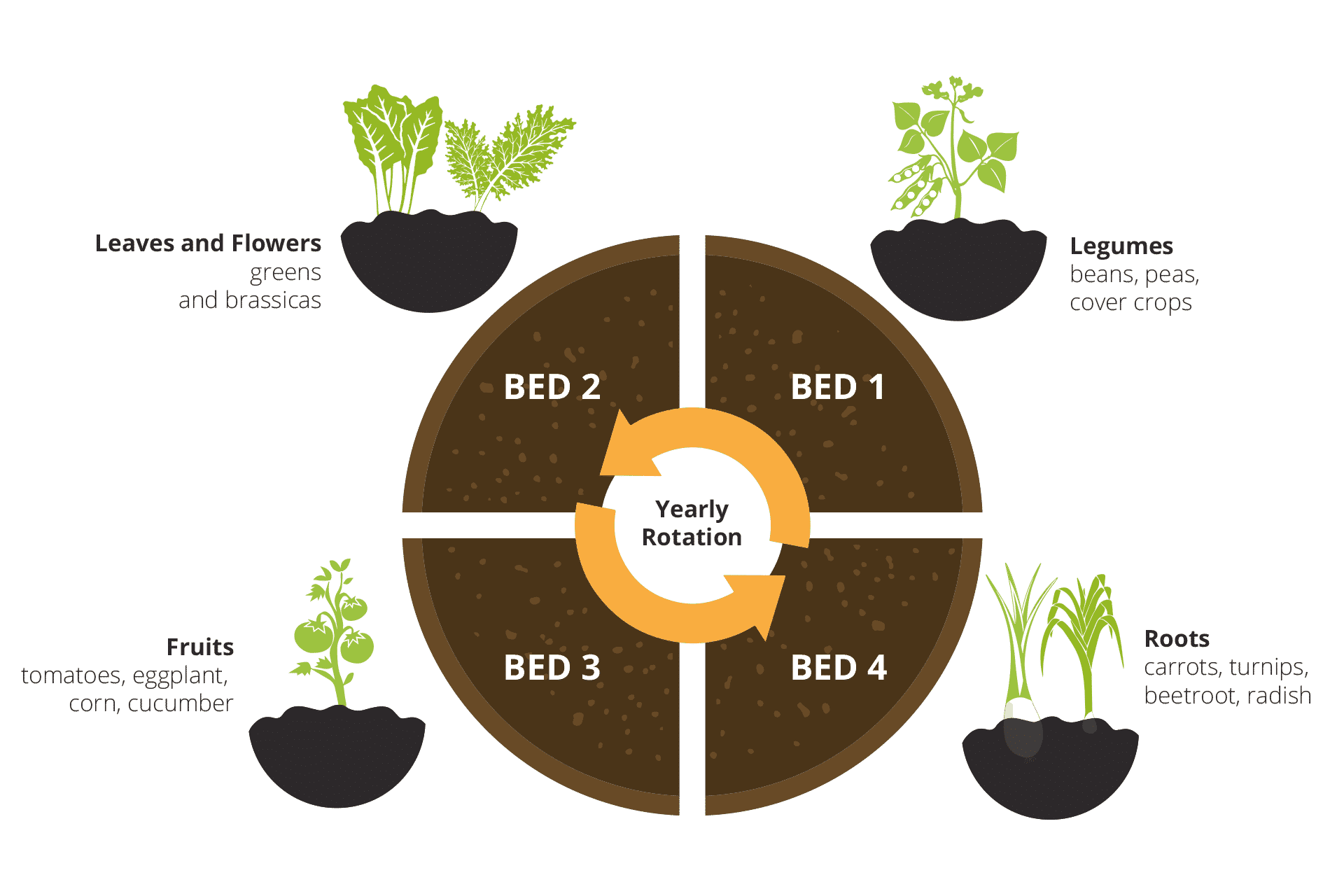
Plant root depth

Corn/ Endive/ Garlic/ Kohlrabi/
Bok choi/ Lettuce/ Onions (Leeks, Chives)/ Potatoes/ Radish/ Strawberries.
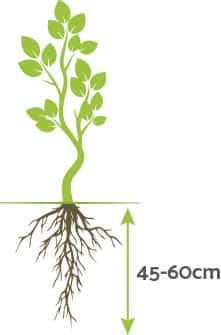
Cantaloupe (Rockmelon)/
Carrots/ Chard/ Cucumber/
Eggplant/ Kale/ Peas/ Peppers/ Squash (summer)/ Turnips
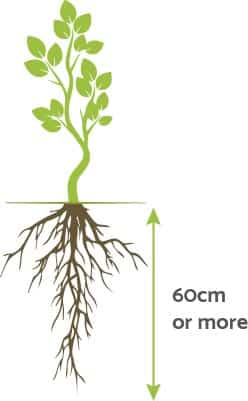
Okra/ Parsnips/
Pumpkins/ Rhubarb/
Sweet potatoes/ Tomatoes/
Watermelon/ Squash (winter)
Some tips and other factors to consider
- Some groupings will be governed by seasonal growing requirements of crops.
- Planting by family groups could increase the risks of pests and diseases as they all attract the same problems.
- Brassicas and leafy greens are heavy feeders and need lots of nitrogen for leaf growth.
- Legumes ‘fix’ nitrogen in the soil so it is logical to plant brassicas and leafy greens after them. When the legume plants have finished producing, return the crop residue (the stems and leaves) to the soil to increase nitrogen levels. Legumes also stimulate beneficial soil micro-organisms.
- Solanacae such as capsicums and tomatoes like a slightly acidic soil (i.e. lower pH). Adding compost and manures usually lowers the pH while adding lots of nutrients. If the bed has just been prepared and had compost and manure added, then plants from the Solanaceae family may be planted first. If the next crop in the rotation prefers a higher pH (more alkaline) then lime may have to be added.
- Root crops grow well after nutrient hungry crops as they can retrieve nutrients lower down in the soil. Root crops can actually have better yields in nutrient-poor soil as lots of organic matter and nitrogen can promote root forking as well as vigorous leaf growth (instead of root growth).
- Crops with deep roots will loosen the soil. Corn is a good crop for this.
- Sweet corn and pumpkins like rich organic soil.
- A green manure crop introduced into the rotation would be advantageous as these replenish nitrogen and add organic matter whilst ‘resting’ the bed (not having a crop that will be harvested and therefore depleting the soil). This may be possible between seasons, when the bed would be unproductive anyway.
- In many areas there will be seasonal variation in the types of crops grown i.e. winter and summer crops. It is a good idea to think ahead and plan rotations around the crops you will want to be growing when those seasons come around.
- Potatoes grow well after sweet corn. Sweet corn grows well after carrots. Plant carrots, then sweetcorn, then potatoes.
- Consider what is known about companion planting. Try to get the best combination of crops which may benefit each other, while minimising combinations that may be detrimental to each other’s growth.
Companion planting has its own entry in the Planting guide category of the website. - Crops that are heavy feeders are ideal to plant when beds have been freshly prepped and have the most fertilizer and organic matter in them. These include plants in the solanacae family (tomatoes, peppers etc.), the brassica family (broccoli, cabbages etc.), cucurbit family (melons, cucumbers etc.), leafy greens such as spinach, lettuce and vegetables that have stalks such as celery and rhubarb. Light feeders can follow these crops with only a very light top dressing of compost and fertilizer, but not nitrogen fertilisers as these promote too much leaf growth. These include root crops such as carrots, parsnips and beetroot. Legumes are ideal to plant as the last occupant of a bed as they will revitalize the soil, adding nitrogen and promoting soil biology.
